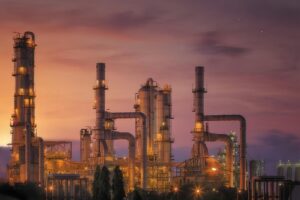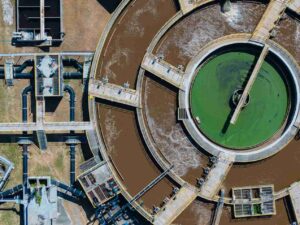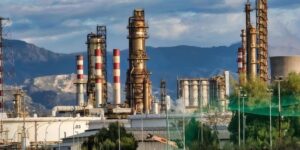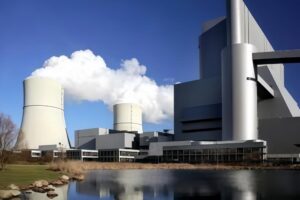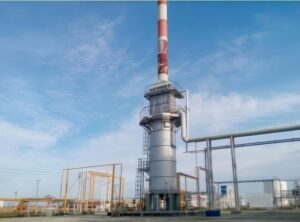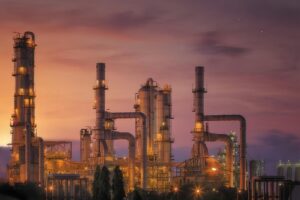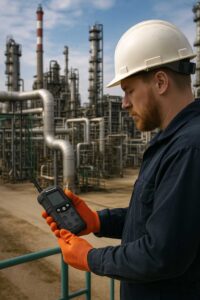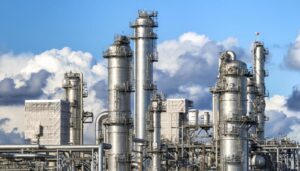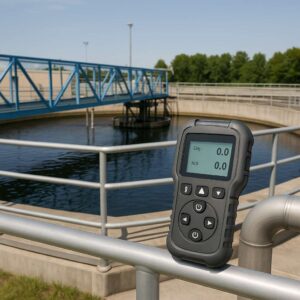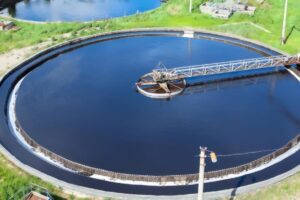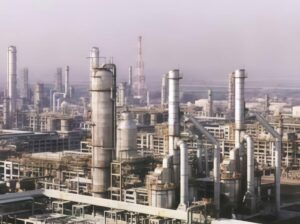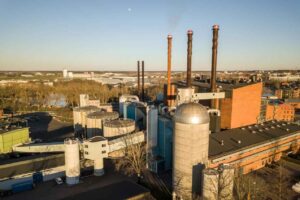One of the most effective tools for achieving this balance is the analyzer, which plays a critical role in monitoring the composition of gases in power plant emissions. But what exactly is a power plant gas analyzer? Why is it indispensable for modern energy production?

A plant gas analyzer is a device used to measure the concentration of various gases in the air or exhaust streams in power plant operations. These analyzers help monitor emissions, ensure compliance with environmental standards, and optimize combustion processes. The data provided by the gas analyzer is crucial for controlling plant performance and reducing harmful emissions.
To maintain optimal performance and meet environmental regulations, power plants rely heavily on gas analyzers. This article explores the importance, working principles, types, and applications of gas analyzers within the context of power generation. It highlights their pivotal role in ensuring both efficiency and safety.
Why Do Power Plants Need Gas Analyzers?
Power plants operate under strict environmental regulations, and gas analyzers are vital for monitoring emissions and preventing air pollution. The presence of gases such as CO2, CO, NOx, and sulfur compounds in exhaust emissions can lead to serious environmental damage. Gas analyzers measure these gases in real-time. This helps operators ensure compliance with local laws and international environmental standards.
In addition, gas analyzers optimize combustion processes by providing accurate data about the fuel’s chemical composition. This leads to more efficient energy production, reducing waste and improving fuel usage. The analyzer also helps identify potential issues early, preventing costly repairs or shutdowns.
Power plant gas analyzers measure various gases, such as CO2 and NOx, to ensure efficient combustion and comply with environmental regulations. They help improve safety, optimize performance, and reduce emissions.
How Do Power Plant Gas Analyzers Work?
Gas analyzers in power plants operate through various sensor technologies that detect and measure the concentration of gases in the flue gas or other emissions. These sensors can use methods like infrared absorption, electrochemical reaction, or UV light to identify and quantify specific gases.
The data collected by these sensors is sent to a central processing unit. There, it is analyzed and used to generate reports or trigger alarms if certain thresholds are exceeded. This allows plant operators to make real-time adjustments to improve combustion efficiency and ensure the facility’s safety.
Gas analyzers play an essential role in detecting unsafe levels of gases. This ensures that plant operators can intervene before safety thresholds are breached. It helps prevent potentially hazardous situations, including explosions or toxic gas leaks.
Gas analyzers detect and measure gases through sensors like infrared absorption or electrochemical reactions. They provide real-time data to optimize combustion and ensure safety in power plants.
What Types of Gas Analyzers Are Used in Power Plants?
Several types of gas analyzers are used in power plants, each designed for specific monitoring tasks. Common types include:
- Oxygen(O2) analyzers: Measure the oxygen levels in flue gases, ensuring complete combustion and helping optimize fuel use.
- Carbon dioxide (CO2) analyzers: Monitor CO2 emissions, an important metric for understanding combustion efficiency.
- Nitrogen oxides (NOx) analyzers: Detect harmful NOx emissions, which are regulated due to their role in air pollution.
- Sulfur dioxide (SO2) analyzers: Monitor SO2 emissions, a key pollutant from fossil fuel combustion.
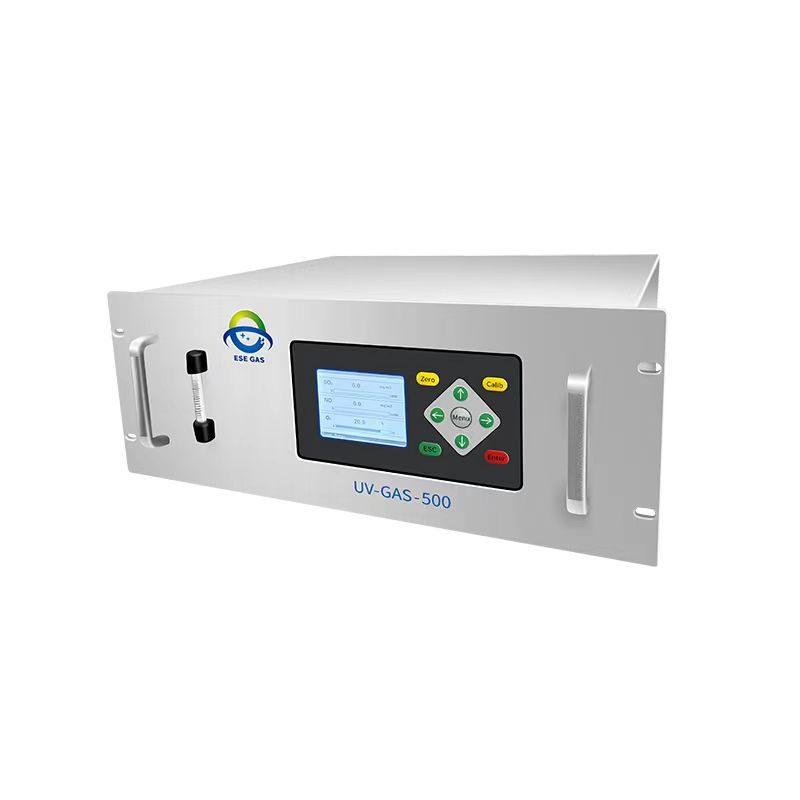
Each monitoring system has its method of operation and application depending on the type of gases it is designed to measure. Power plants can ensure more accurate monitoring and reduce operational risks by selecting the right gas analyzer for each specific need.
Power plants use various gas analyzers like oxygen, CO2, NOx, and SO2 analyzers. These help to monitor emissions and ensure efficient combustion, meeting regulatory standards.
What Are the Key Applications of Gas Analyzers in Power Plants?
Gas analyzers are used throughout the power plant’s production process to monitor and optimize key systems:
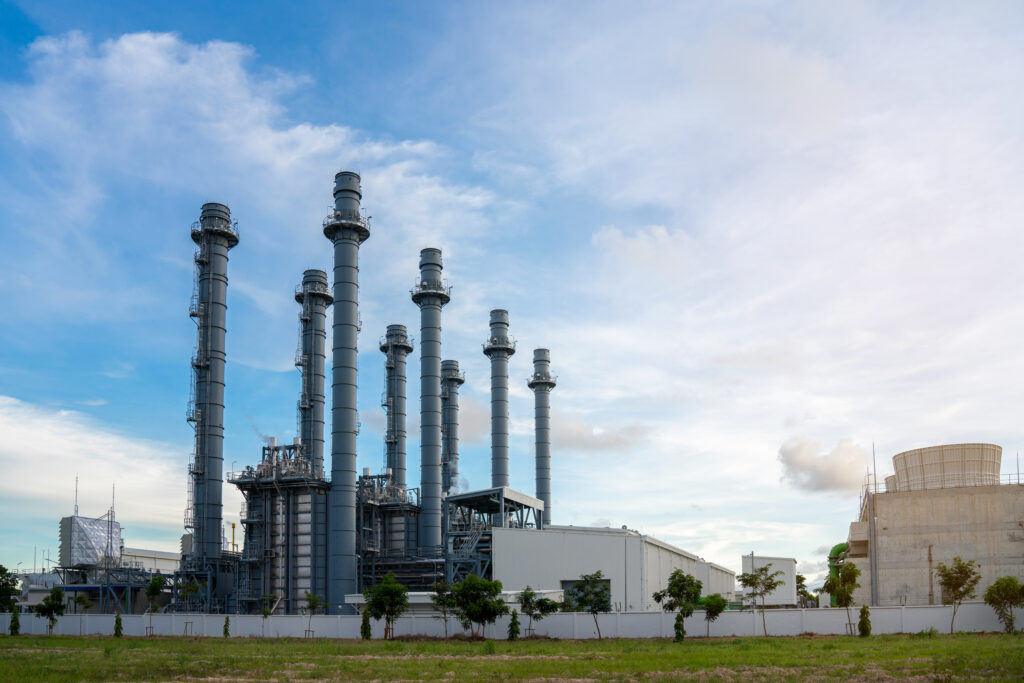
- Combustion control: By measuring oxygen and CO2 levels, gas analyzers help optimize the combustion process. This ensures efficient fuel use and minimizes waste.
- Emissions monitoring: Gas analyzers track harmful pollutants like CO, NOx, and SO2, helping plants comply with environmental regulations.
- Safety monitoring: Detecting dangerous gas levels, such as CO, is crucial for preventing hazardous situations like leaks or explosions.
These analyzers are integral to the maintenance of both operational efficiency and safety. They support both the economic performance of the plant and its environmental responsibility.
These monitors are crucial for combustion control, emissions monitoring, and safety in power plants. They ensure efficient operations and compliance with environmental standards.
Conclusion
In conclusion, these analyzers are essential tools that help ensure both operational efficiency and regulatory compliance. From optimizing combustion to monitoring emissions and maintaining safety, these devices play a vital role in modern power plant operations. Without them, achieving a balance between efficient energy production and environmental responsibility would be far more challenging.






